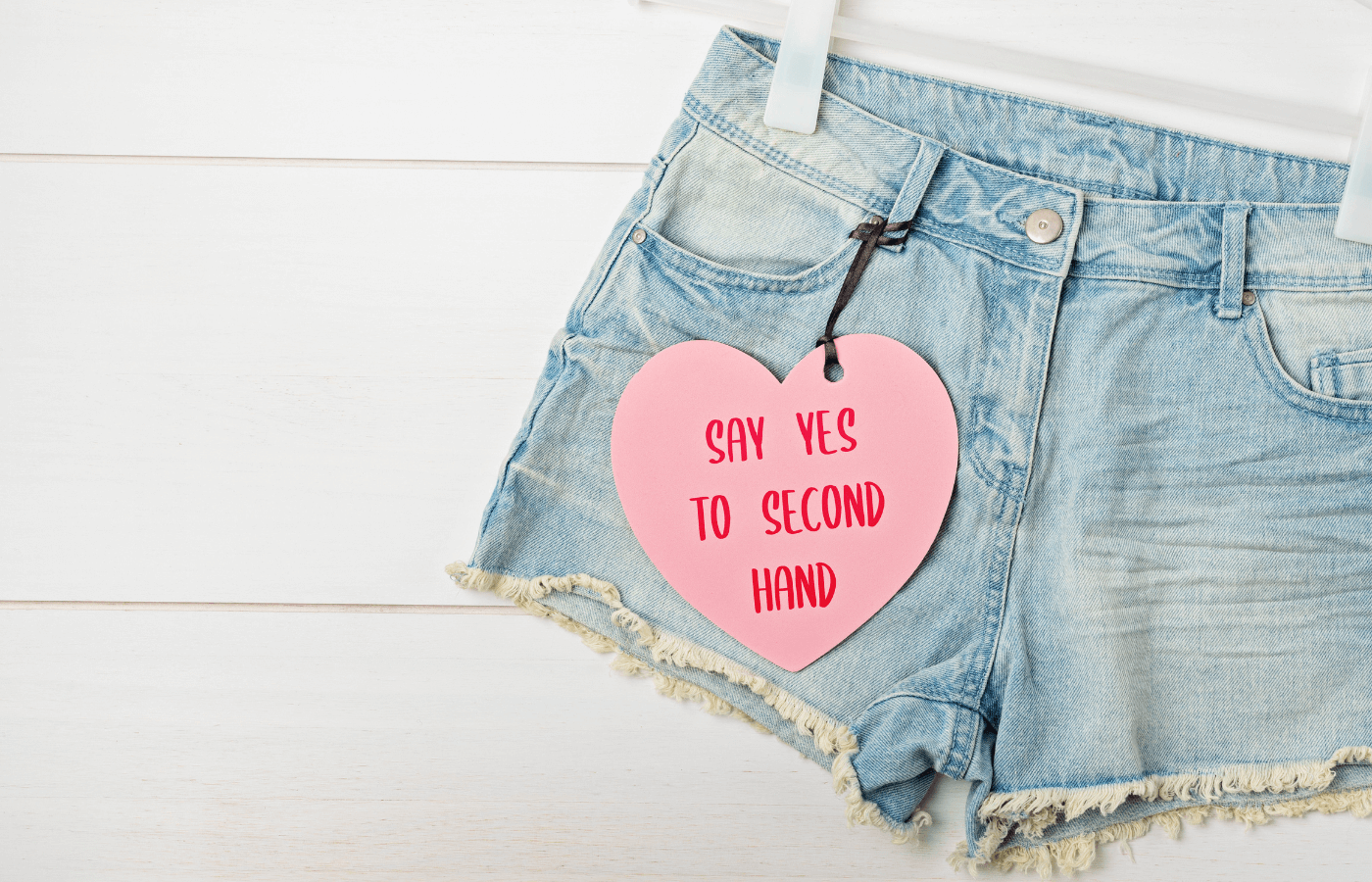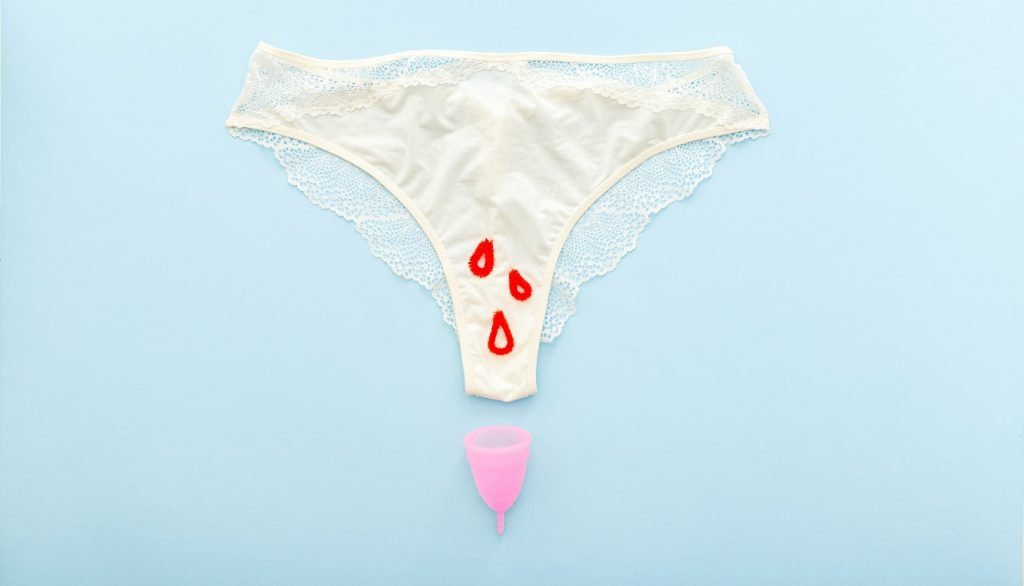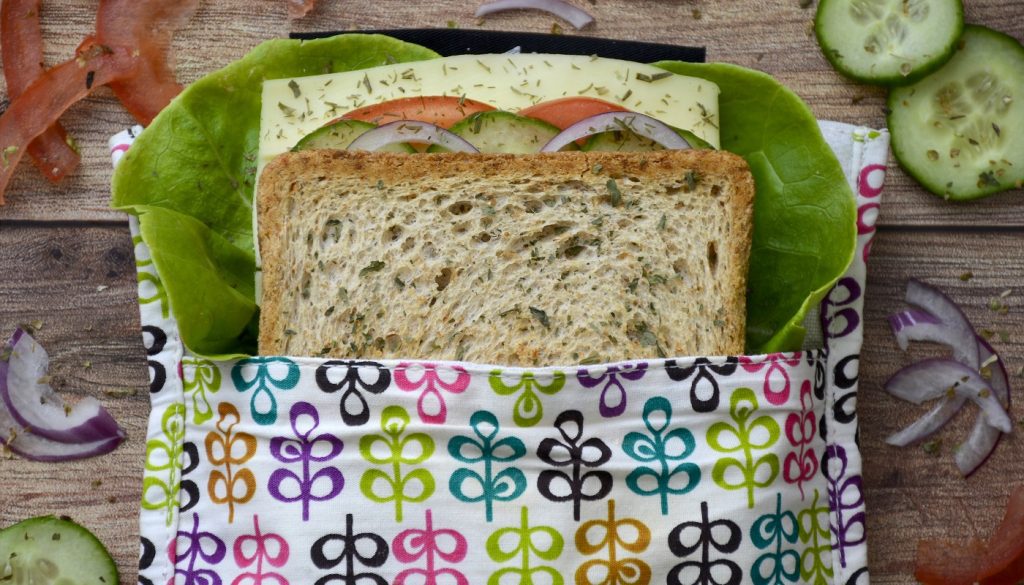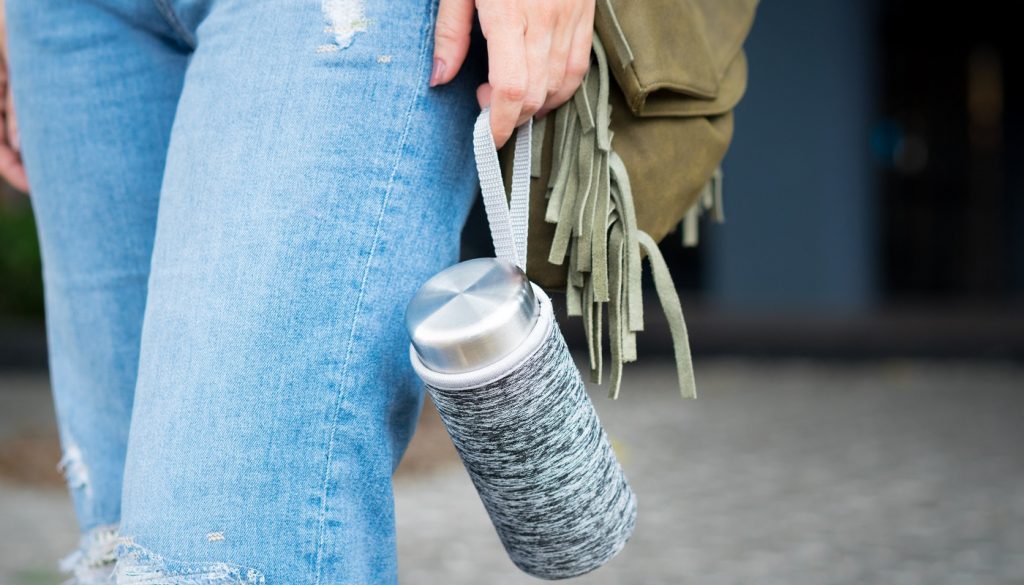Thrifting is not only a fun hobby, it’s an essential habit to adopt in the fight against climate change.
Fast fashion is a major contributor to global warming. 18.6 million tons of clothes end up in global landfills every year. And that’s not the worst of it. Unnecessary clothing purchases also impact the environment because of the plastic packaging waste and the carbon emitted during manufacturing and shipping.
The good news? Gen Z is bringing forth a resurgence of thrifting — the global secondhand market is set ramp up from $36 billion in 2021 to $77 billion by 2025. (Make sure you’re spending your thrifting dollars with the right organizations, more on that below.)
Thrifting is lots of fun, and when you give it the time it deserves, you can find everything you need.
Check out these tips to elevate your thrifting game.
1. Keep an open mind
You never know what you’ll find! It’s good to know what you’re looking for, but it’s not a bad idea to keep your options open to things you might run into.
2. Newer isn’t always better
If you’re open to thrifted clothes, you likely already understand that clothes don’t need to be new in order to be high quality. I like to imagine that since a garment has lasted long enough to end up in a secondhand shop, it will likely also last me a long time.
3. Be wary of online markets
Thrifting online on sites like Depop and Poshmark can be useful when you’re looking for something specific, but keep an eye out for sellers who clearly buy hundreds of items from their local thrift stores to resell at a higher price. This practice is not sustainable and makes thrifting less accessible for everyone. Instead, look for people who are selling just a few items, since they’re more likely to just be selling their own clothes.
4. Don’t buy to resell
On a similar note, don’t buy items from your local store just to resell them online. Not only does this negate the sustainability of shopping secondhand, but it also drives up the prices for secondhand items, which can force people to turn to fast fashion if they need cheap clothes.
5. Look for natural fabrics
Did you know that synthetic fabrics like polyester and acrylic leech microplastics into the water stream every time you wash them? It’s incredibly difficult to avoid them, but look for items that are 100% cotton or linen to avoid this problem.
6. Donate your old clothes
Thrifting only works when people donate! Make sure that the items you donate are decent quality so someone can actually wear them. It’s also not a bad idea to check in with the shop you’re donating to to see when is the best time to donate- you don’t want to overload them with donations if they already have too many.
7. Look for local shops
Shopping locally is always better, and thrifting is no exception. See if there are local second hand stores in your area before shopping at places like Goodwill or Salvation Army. These bigger, national chains are exploitative to their employees in order to pad their CEO’s salaries.
8. Be open to men’s and women’s
The clothes will likely be divided into gendered sections, but keep an open mind about where you look for clothes. Many items like jackets and flannels are comfortable for anyone to wear.
9. Go with friends
Shopping is more fun with friends, but having a second set of eyes is useful too. Having another person to be on the lookout for your wanted items is a game changer, and having someone to veto or approve of an item you’re on the fence about is super helpful.
10. Know your timeframe
Thrifting can be time consuming, especially if you’re looking for something specific. Stores can be organized in unconventional ways (or not at all), so you can spend hours combing through racks and shelves before you even know it. Going in when you have a lot of time on your hands or having a specific cutoff time is helpful.
11. Only buy what you need
The lower prices definitely make it tempting to buy excessive items that you don’t really need. Before purchasing each item, ask yourself: Will I really wear this? The most sustainable thing is to stick with what you have, so don’t let the consumerist mindset take over.
View this post on Instagram
12. Get to know your local spots
Different thrift stores are better for different items. Some specialize in clothing, while others are better for furniture and tableware. Knowing which stores are best for the item you’re looking for will make shopping faster. Prices also vary by location, so you’ll get better deals if you compare (but don’t try to price match).
13. Learn when donation day is
Some thrift stores process and sell all their donations on site, while others get shipments in from a donation center at a certain time of the week. Learn when the fresh items hit the shelves to get the best selection.
14. Know what you’re looking for
It’s a good idea to go in with an idea of what you hope to find (although unexpected finds are also great). That way you know which sections to spend the most time in and you aren’t wandering aimlessly.
15. Dress for modest try-ons
Thrift stores often have very few (if any) changing rooms. But you can try on tops over a tight-fitting tank top, and pants over leggings or under a long skirt. Many stores have mirrors near the aisles for exactly this purpose.
16. Get creative
Think outside of the box on how to use the things you find. Need a pot for a houseplant? Try an old vase or teapot. Need a place to store textbooks? Try a magazine rack. The only limit is your imagination!
17. Be nice to the staff
Thrift store staff often work minimum wage, so the least we can do is smile and be courteous. Just because the store is less organized doesn’t mean you should leave stuff on the floor or mess up the shelves.
18. Pause before checking out
Many stores have a no-returns policy, so take a moment before checking out to confirm that you really want to buy each item. This is a good way to make sure you’re not rushing into a decision.
19. Shop for your kids too!
Kids are always growing, so you might as well get their clothes in a more affordable and sustainable way. It’s a great way to model sustainable behavior for your little ones.
View this post on Instagram
20. Bring reusable bags
Many thrift stores have plastic bags they can give you, but a reusable tote is less wasteful and more sturdy.
21. Wash your finds before wearing
Most thrift stores don’t launder their donations because it would be a logistical nightmare. While the clothes are almost certainly safe, it’s a good idea to wash them before you wear them.
22. Keep an eye out for fast fashion
Fast fashion has flooded the clothing market, and thrift stores are no exception. Use your best judgment, but clothes from fast fashion brands like Urban Outfitters and Forever 21 are likely low quality.
23. Shop on weekdays
Thrift stores are a lot more crowded on weekends, just like any other store. It will be a lot easier to get your shopping done during a less busy time, so you can take your time combing through the shelves for what you’re looking for.
24. Bring the essentials
It’s always good to be prepared! Some good items to have in your bag are hand sanitizer, a travel phone charger, water, and snacks.
25. Test electronics before buying
Many thrift stores have outlets that customers can use to test electronics like kitchen appliances and TV’s. If you don’t see one, ask!
26. Be open to repairs
Mending old clothes is already a good skill to have to make your wardrobe last longer, but it’s also useful when thrifting! If you find the perfect item but it has a snag or tear, keep mending in mind as a legitimate option. The damaged item might even be discounted, so it’s a win-win!
View this post on Instagram
27. Repurpose clothes
Clothes aren’t just for wearing, so get creative with repurposing them! Are you a crafter? You can unravel old sweaters for yarn, cut up t-shirts for rags and use curtains and tablecloths for fabric. This is also a great way to repurpose the clothes you already have.
28. Shop off-season clothes
Seasonal items like coats and shorts are often marked up when their season hits, so keep an eye out for off-season clothes to get better selection and deals.
29. For furniture shopping, be prepared
Looking for furniture? It’s probably a good idea to have a vehicle that can transport it ready. Some stores will hold an item for you, others won’t.
30. Consider donating the money you save
If you find yourself with some extra cash because thrifting has saved you money, you might consider donating a little to a worthy cause like these tree-planting organizations or these climate change charities.
Thrifting is a great way to contribute less to overproduction and be more sustainable overall. I hope these tips helped you feel more confident in your thrifting ability. Thanks for reading, and keep fighting the good fight!






